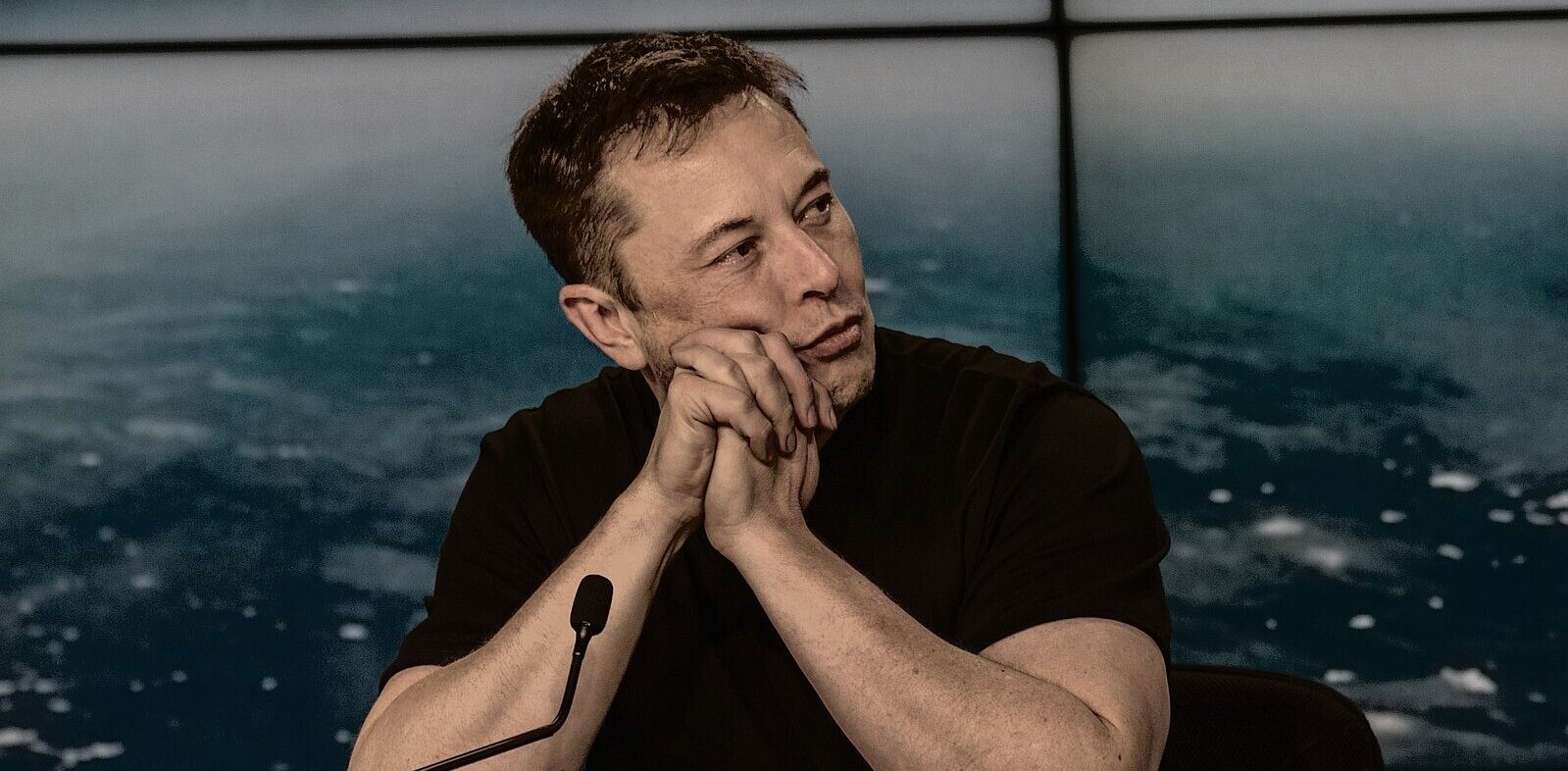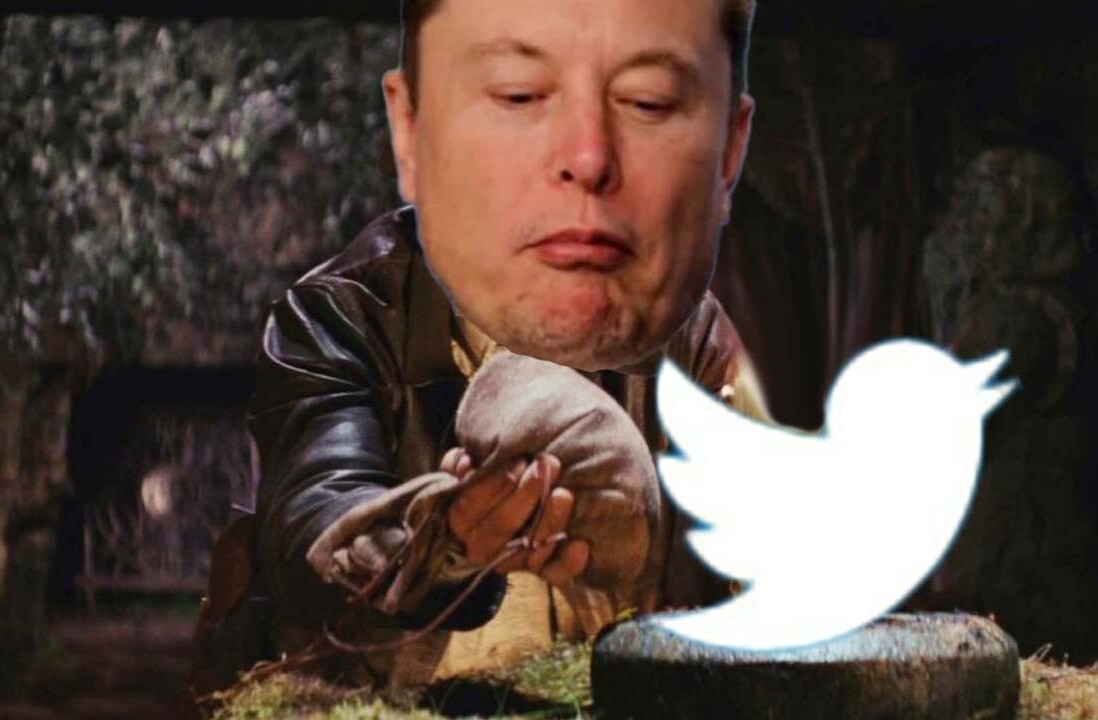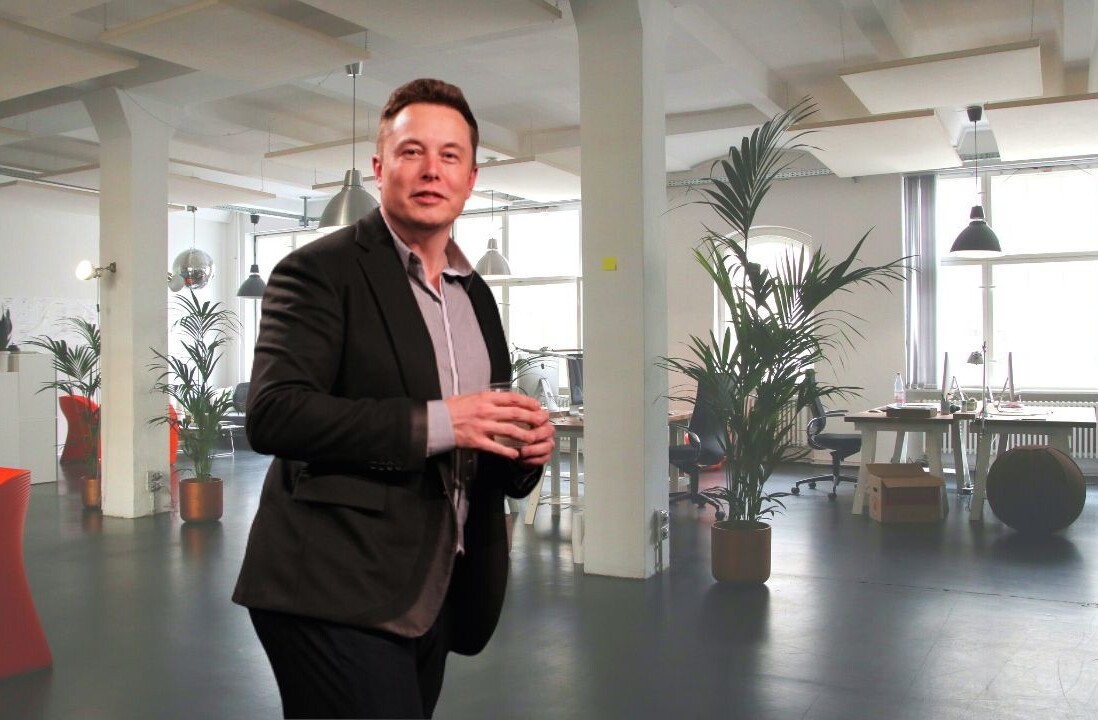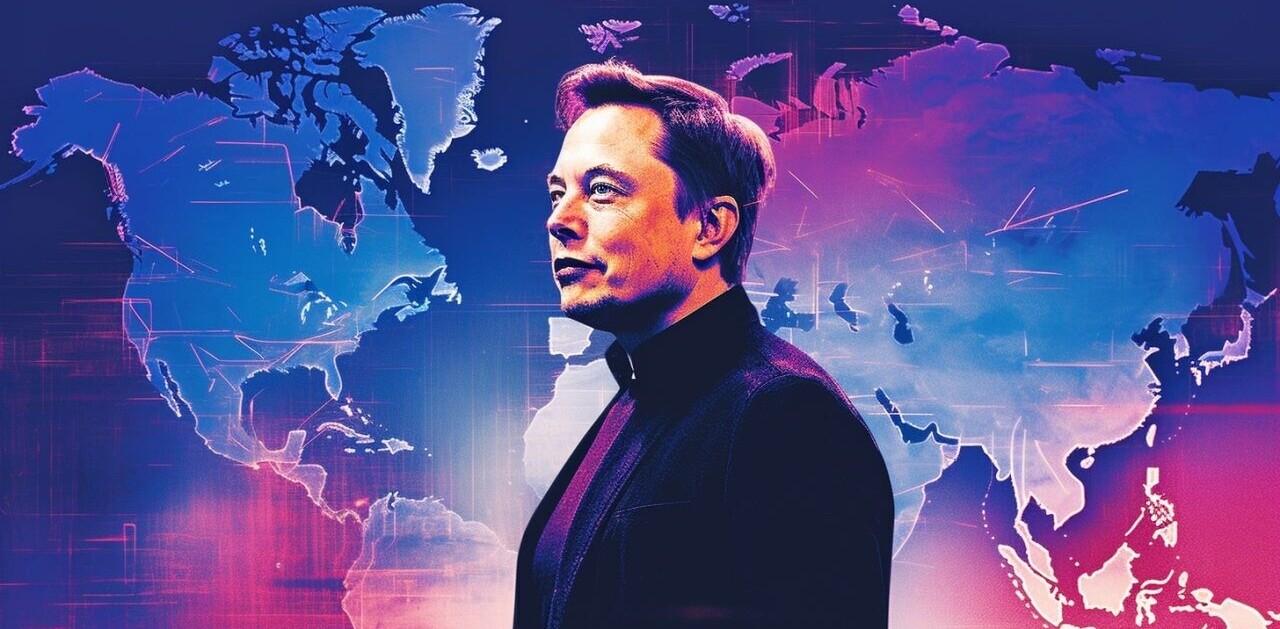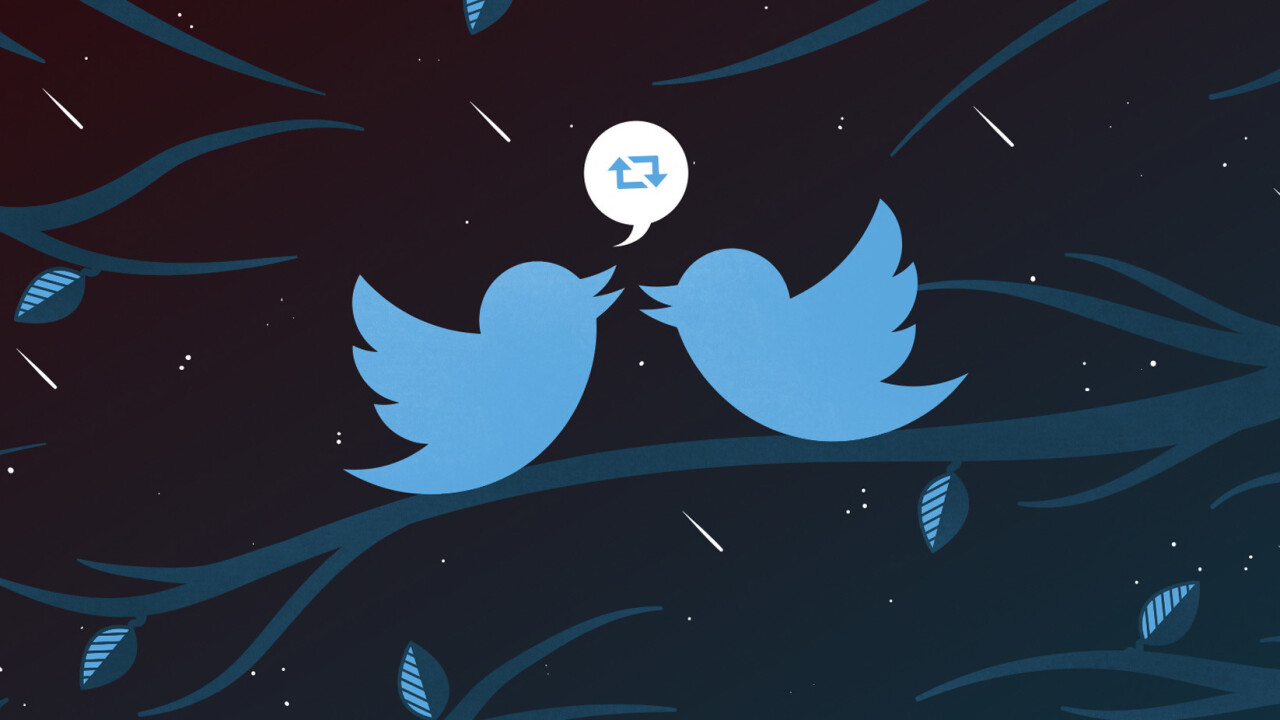
This week, Twitter turns 10. Over the next five days we’ll be exploring how far the microblogging service has come, the challenges it faces going forward and some of its key moments along the way.
Twitter isn’t a social network. The company’s former VP for business and corporate development Kevin Thau said as much in 2010.
Today, using Twitter feels for the average punter much like it did for the folks over at College Humor back in 2009 – like shouting potentially boring shit at strangers.
According to the man himself as his baby reaches the big 1-0 this week – it ain’t really going to change – particularly around one of its most apparent barriers to entry for the masses.
"It's staying." @jack when asked about changing @twitter's 140 character limit.
— TODAY (@TODAYshow) March 18, 2016
In spite of what many see as this glaring flaw, Twitter has become a central part of breaking news, celeb nudity incidents (breaking nudes?), live event coverage, real-time advertising campaigns, even customer service, in a way that College Humor didn’t really allow for in its 2009 vid.
So when people ask why Twitter isn’t as big as Facebook, or worse, if it’s dying a digital death, they’re totally missing the point.
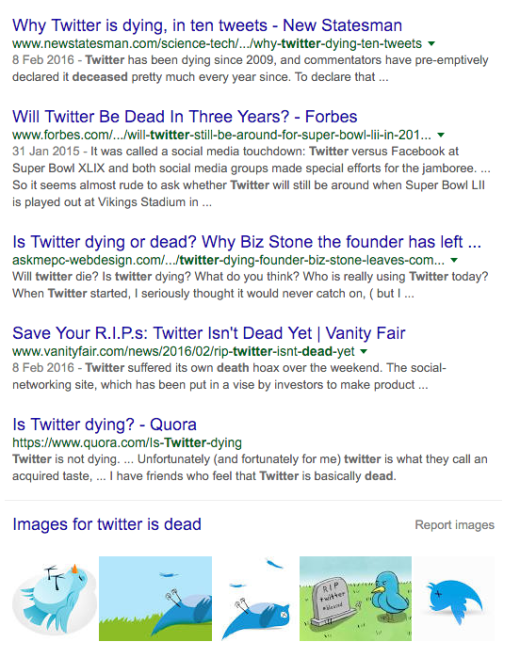
“Facebook has evolved as celebrities, publishers, and brands all jumped in to create content and capture people’s valuable attention,” says Kevin Zhang, head of analytics for the celebs’ favorite social media manager theAudience. “But it will always be a place that is primarily for people to interact with their friends and family.”
On the not-so-social-network, he says:
Twitter has always been what it initially claimed to be – a microblogging platform. And far from holding it back, the 140 character limit has been the driving force that defined how users engage with the platform – with quick, short statements conducive to live, in the moment commentary. While Facebook is defined by its algorithm, Twitter is defined by being completely unfiltered. It’s this defining feature that has made it inaccessible to many average users.
“Early adopters will jump through hoops,” agrees Jordan Stone, deputy head of strategy at Netflix’s social agency We Are Social. “Over the years Twitter has made it easier through recommended accounts, but at a fundamental level that goes some way to answer the discrepancy in numbers.”
Yes, Twitter is often a lonely place, even for someone like me.

Turns out, though, Twitter doesn’t actually need more users. Stone says:
Much has been made, particularly in December last year, of the death of Twitter but that depends on what you’re looking at. If all we’re focused on is active users, then yes, you can make that conclusion. But revenue has done incredibly well – up more than 50 percent.
Yes, as a free platform with 320 million monthly users, compared to Facebook’s 1.6 billion, Twitter made a not too shabby $2.2 billion in revenue last year. That, Stone argues, is being driven by one of Twitter’s best new metrics. Not users, but impressions, juicy human eyeballs seeing a Tweet.
Today, unless you’re a power user, someone sharing a unique story or a chance witness to something big, Twitter is essentially a broadcast you’re viewing, whether that’s consumed via a crafted newsfeed, or increasingly, from a TV anchor citing “sources” or an embedded Tweet in a news article. Civilians, and indeed paying advertisers, are OK with that.
Stone explains:
There are now 500 million people coming to Twitter separately and entirely unique from its active user audience. That’s why advertisers are going there in increasingly great numbers – up 50 percent in the last year – because they can start serving ads to people who aren’t even logged in.
For example, at the Oscars this year, Twitter generated 3.7 billion impressions on 24 million tweets over a 7.5 hour span. That’s compared to 3.3 billion in 2014 over the course of 48 hours – clearly reaching way more people than pure user figures imply. That’s a whole load of potential ad viewers that the advertising industry now knows just love entertainment shows.
“What’s unique about it is that reach – what keeps Twitter relevant – is what people are coming into contact with it outside the platform,” Stone adds. “That’s also why Twitter has been making it a lot easier to explore that content – that’s the interesting story.”
Of course, Zhang believes the desire to grow user numbers is still driving much of the platform’s innovation, but warns:
Wall Street frowns at its stagnant user growth, but no platform is better at capturing cultural moments and allowing people to comment and react in real time. That said, Twitter does want to grow, and it does want to attract casual users outside of its core base. That’s where recent updates like Moments, algorithmic timelines, and threaded replies appear to be headed. The success of these updates is yet to be determined, and Twitter needs to be careful that new users do not come at the expense of alienating the power users that have made Twitter what it is today.
It’s likely that striking the balance between old and (potential) new users, along with ensuring Twitter doesn’t become a digital ad billboard first and a microblogging platform second, will be the company’s two defining challenges moving into what are advanced years for a new media startup.
Because it’s actually a relatively small group that creates the content that everyone, on or off Twitter, wants to see. Of course you can bring more people to that party, but many – even two-thirds of existing users today – will just be lurkers waiting for Kim Kardashian to post her next nude shot.
Twitter’s capture by journalists, wannabe journalists, celebs, brands and news organizations is one of the massive reasons ‘so many people’ openly worried about its impeding demise. Because its main users are the people who have the media jobs that let them openly air their worries. They are content creators and Twitter is often the stage. Or, rather, the place that might drive viewers back to the article they’ve laboriously written about the platform’s death throes.
They need Twitter, Twitter needs them, but Twitter also needs money – and its potential for advertisers is obvious, based on the power of its talented, or narcissistic, core users to grab the attention of the world. But no one Tweets free content all day for the love of advertising.
Many famous folks have sworn off it. But most come crawling back. Many, like Jon Ronson, worry that it’s making us nasty people. But we were really all just waiting back in 2006 for a place to conduct pseudo-anonymous shouting matches.
Unless Twitter scares off those people who’ve dedicated the time and energy (or money) to cracking it – the Twitterati noted as far back as 2009 and those who are using it to report on atrocities around the world where news anchors fear to tread – Twitter is all fucking good.
That means not forgetting why some people have made it a place to share their creative efforts with the world – and not making it too obvious that some moves are made just to secure the corporate world’s ad dollars.
Longer term, perhaps a 140-word Tweet from a celeb or journalist becomes to younger people what newspapers are to many Web users today. But Twitter has 412 years worth of cash to plan for that.
Twitter really doesn’t need everyone. In fact, unless you’ve got something pretty special to say, you’re probably best just telling your mom about it on Facebook. Twitter is not a social network and it’s not for the likes of you.
And @jack, you have a very valuable army of 140-character digital broadcasters right there, upset them at your peril.
#HBDay
Get the TNW newsletter
Get the most important tech news in your inbox each week.

